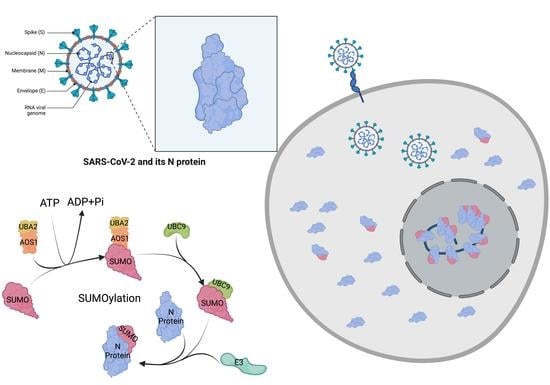2023-09-13 カロリンスカ研究所(KI)
◆これはスウェーデン、デンマーク、フィンランドの国立健康データレジストリを使用し、28万5000人以上の逆流病患者を対象に行われたものです。食道癌のリスクは正常な粘膜を持つ患者では増加せず、食道炎症のある患者と比較して増加していませんでした。したがって、正常な食道粘膜を持つ逆流病患者は、食道癌のリスクが高くない可能性があります。
◆この研究結果は、逆流病患者の中で定期的な胃鏡検査を受けている人々にとって安心材料となり、一般医師の診療にも役立つ可能性があります。逆流病患者で食道炎症がある場合、食道癌のリスクが明らかに増加することも確認されました。今後の研究では、食道癌のリスクに影響を与える可能性のある他の要因について調査される予定です。
<関連情報>
- https://news.ki.se/no-increase-in-cancer-risk-for-most-patients-with-reflux-disease
- https://www.bmj.com/content/382/bmj-2023-076017
北欧3カ国における非びらん性胃食道逆流症と食道腺癌の発生率:集団ベースのコホート研究 Non-erosive gastro-oesophageal reflux disease and incidence of oesophageal adenocarcinoma in three Nordic countries: population based cohort study
Dag Holmberg,Giola Santoni,My von Euler-Chelpin,Martti Färkkilä,Joonas H Kauppila,John Maret-Ouda, Eivind Ness-Jensen,Jesper Lagergren
The BMJ Published:13 September 2023
DOI:https://doi.org/10.1136/bmj-2023-076017

Abstract
Objective To assess the incidence rate of oesophageal adenocarcinoma among patients with non-erosive gastro-oesophageal reflux disease compared with the general population.
Design Population based cohort study.
Setting All patients in hospital and specialised outpatient healthcare in Denmark, Finland, and Sweden from 1 January 1987 to 31 December 2019.
Participants 486 556 adults (>18 years) who underwent endoscopy were eligible for inclusion: 285 811 patients were included in the non-erosive gastro-oesophageal reflux disease cohort and 200 745 patients in the validation cohort with erosive gastro-oesophageal reflux disease.
Exposures Non-erosive gastro-oesophageal reflux disease was defined by an absence of oesophagitis and any other oesophageal diagnosis at endoscopy. Erosive gastro-oesophageal reflux disease was examined for comparison reasons and was defined by the presence of oesophagitis at endoscopy.
Main outcome measures The incidence rate of oesophageal adenocarcinoma was assessed for up to 31 years of follow-up. Standardised incidence ratios with 95% confidence intervals were calculated by dividing the observed number of oesophageal adenocarcinomas in each of the gastro-oesophageal reflux disease cohorts by the expected number, derived from the general populations in Denmark, Finland, and Sweden of the corresponding age, sex, and calendar period.
Results Among 285 811 patients with non-erosive gastro-oesophageal reflux disease, 228 developed oesophageal adenocarcinomas during 2 081 051 person-years of follow-up. The incidence rate of oesophageal adenocarcinoma in patients with non-erosive gastro-oesophageal reflux disease was 11.0/100 000 person-years. The incidence was similar to that of the general population (standardised incidence ratio 1.04 (95% confidence interval 0.91 to 1.18)), and did not increase with longer follow-up (1.07 (0.65 to 1.65) for 15-31 years of follow-up). For validity reasons, we also analysed people with erosive oesophagitis at endoscopy (200 745 patients, 1 750 249 person-years, and 542 oesophageal adenocarcinomas, corresponding to an incidence rate of 31.0/100 000 person-years) showing an increased overall standardised incidence ratio of oesophageal adenocarcinoma (2.36 (2.17 to 2.57)), which became more pronounced with longer follow-up.
Conclusions Patients with non-erosive gastro-oesophageal reflux disease seem to have a similar incidence of oesophageal adenocarcinoma as the general population. This finding suggests that endoscopically confirmed non-erosive gastro-oesophageal reflux disease does not require additional endoscopic monitoring for oesophageal adenocarcinoma.


